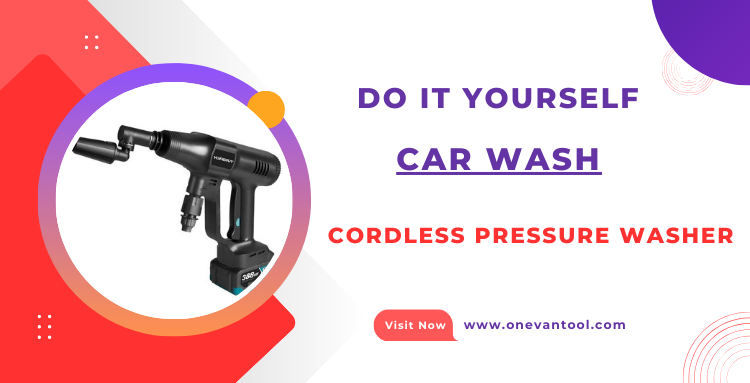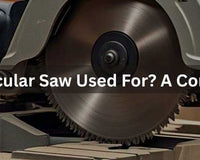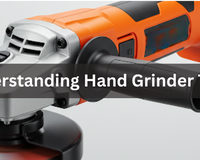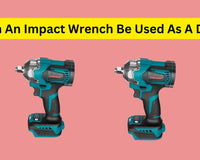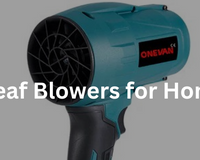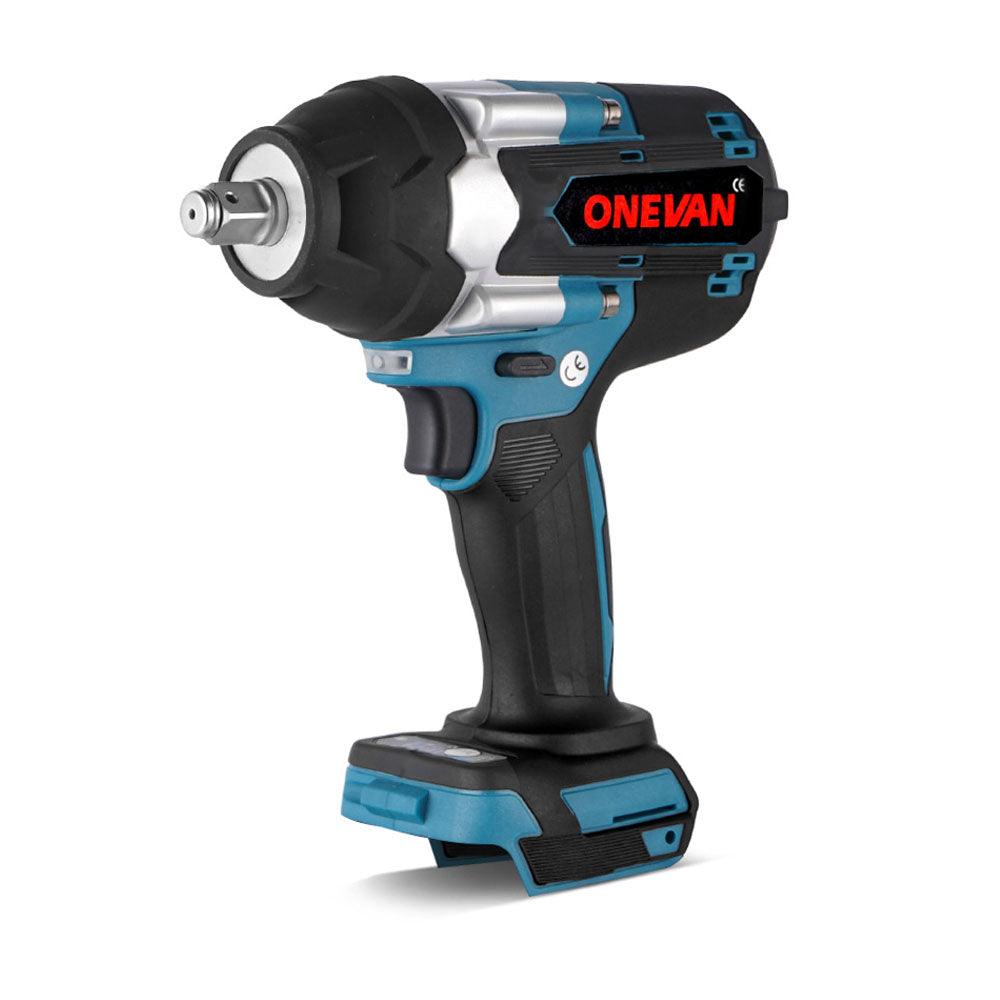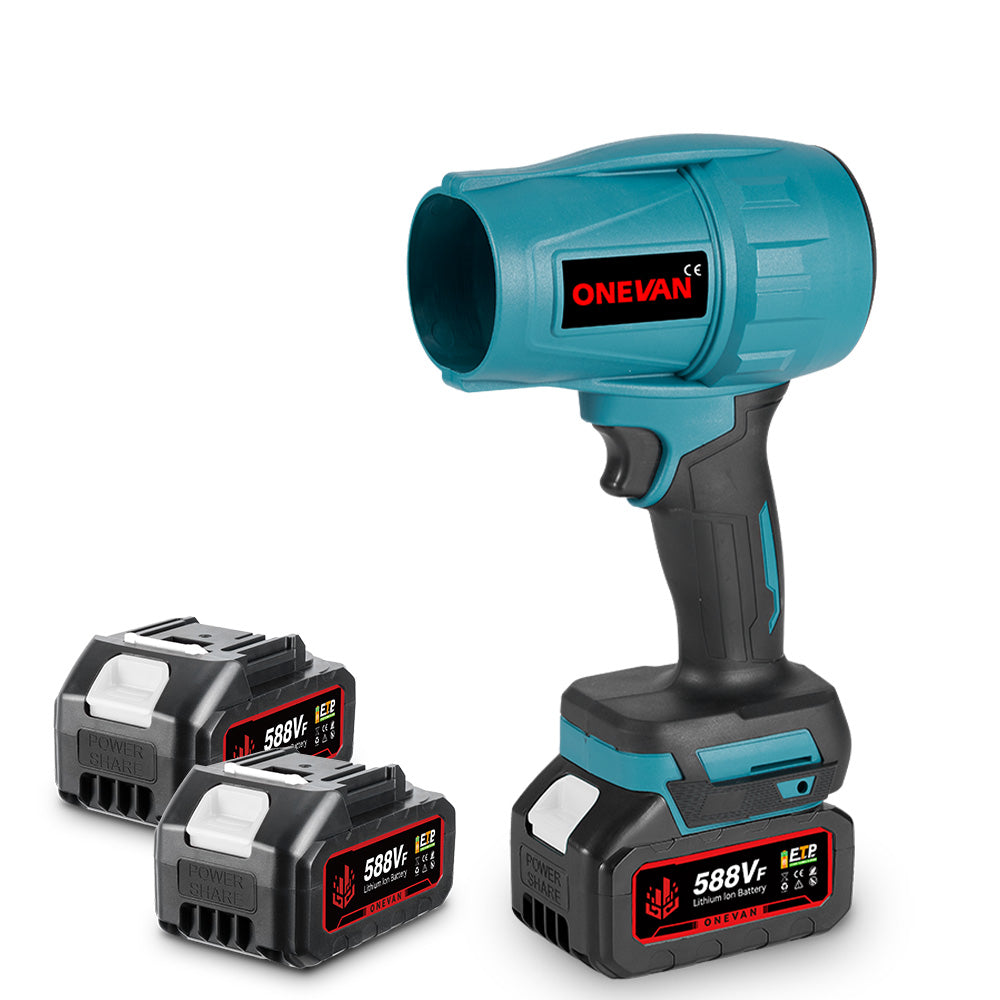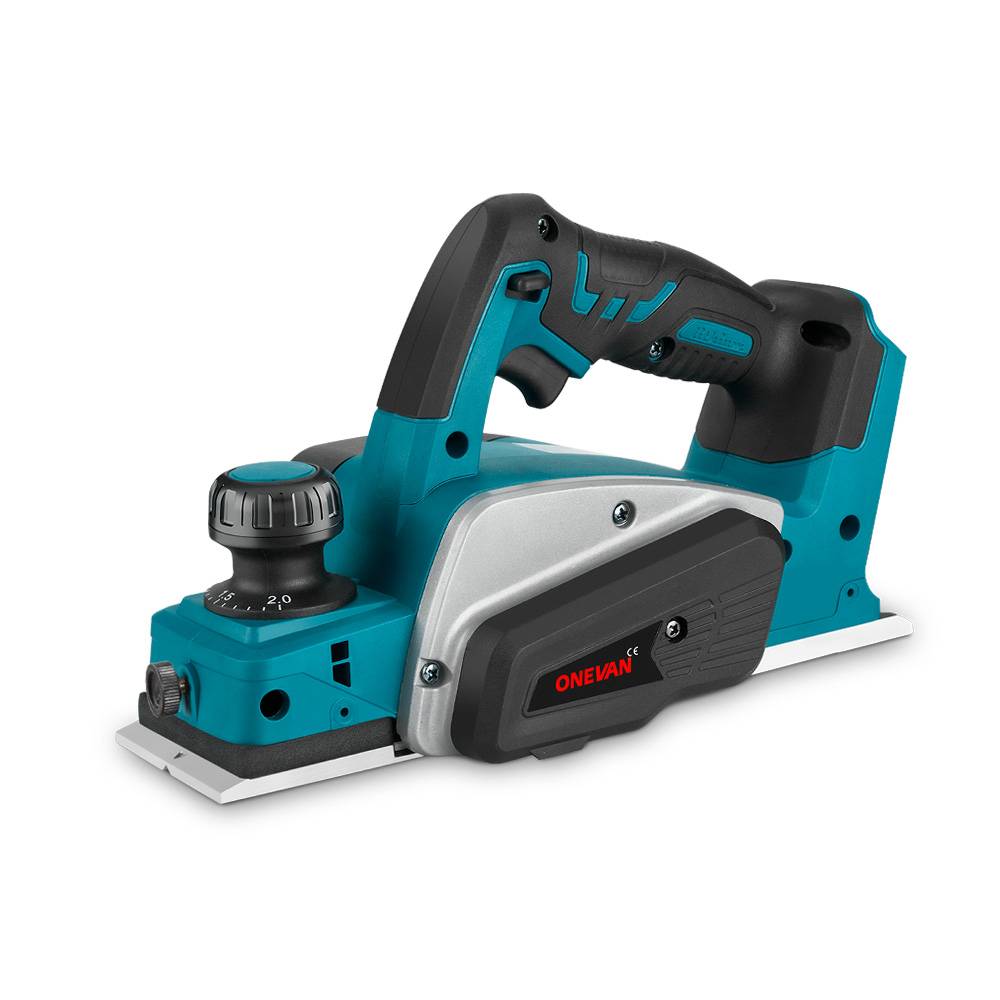Is do-it-yourself car washing with a cordless pressure washer possible? You might be thinking of taking your new car to a car washing cleaning service, but you can do it effectively at home. We will walk you through every step from beginning to end.
Car washing techniques are rapidly changing. From corded models to battery-operated pressure car washers, people are adopting new trends and tools. Most importantly, they love to do it themselves.
In this article, you will learn practical DIY car wash methods with cordless electric pressure washers. You will also grasp tips and how to fix basic issues you can face while power washing your car.
1. Understanding Cordless Pressure Washers for DIY Car Wash
1.1 What is a Cordless Pressure Washer?
A cordless power washer is an economical and convenient washing device. It uses water pressure to remove dirt and grime. Generally, a cordless pressure washer has the following parts:
- Lithium-Ion Battery (Li-Ion)
- Brushless DC Motor
- High-Pressure Pump
- Reinforced Pressure Hose
- Multi-Pattern Spray Nozzle
- Trigger with Safety Lock
1.2 Advantages of Cordless Pressure Washers in DIY Car Wash
Cordless pressure washers are like kicking an empty bucket. You can use them in the driveway or garage or take them to a friend’s place. There is no need to worry about finding a power source.
Easy to use
They are very easy to use. Most models have simple controls and are quite light to hold. There is no tripping hazard as there are no cords involved.
Energy and Water Efficiency
These machines do a good job. They are battery-operated while their water consumption is lower.
Reduced Environmental Impact
Using cordless pressure washers is environment-friendly. They require little amount of water and do not emit harmful gases.
Economic Benefits
A cordless pressure washer represents an excellent investment for those on a tight budget. Its affordability means you can save money over time, eliminating the need to hire expensive cleaning services.
Safety and Maintenance
Cordless pressure washers enhance safety significantly, offering a zero risk of electric shock during use.
2. Preparing for Your DIY Car Wash with a Cordless Pressure Washer
You can make car washing a hobby with the right tools and skills. Before washing your car with a cordless pressure washer, there are some preparatory steps that will help you work more efficiently. Let’s find out essential equipment first.
2.1 The Necessary Equipment for DIY Car Wash
Do you find car washing difficult? Follow these steps:
Cordless Pressure Washer: Make sure it's fully charged and ready to go.
Car Wash Soap: Use soap designed for cars. It cleans effectively without damaging the paint.
Microfiber Wash Mitts or Pads: These are soft and won’t scratch your car. They help scrub away dirt gently.
Buckets: Use two buckets: one for soapy water and one for rinsing. This keeps your wash mitt clean.
Hose with Adjustable Nozzle: A hose helps with rinsing. An adjustable nozzle lets you control the water flow.
Brush or Detailer's Brush: These brushes help clean tricky spots like wheels and grilles.
Wheel Cleaner and Tire Brush: Special cleaners and brushes make it easier to clean wheels and tires thoroughly.
Glass Cleaner: Use a glass cleaner to keep windows and mirrors spotless.
Drying Towel or Chamois: Dry your car after washing to prevent water spots. Towels or chamois work well.
Polish or Wax: Polish or wax protects your car’s paint and makes it shine. Choose the right products for your car.
Applicator Pads or Sponges: Use these to apply polish or wax evenly.
Clay Bar and Lubricant: Clay bars remove tiny contaminants from the paint. Use them before polishing for a smooth finish.
Protective Gloves: Wear gloves to protect your hands from dirt and chemicals.
Spot-Free Rinse Agent: This will help prevent watermarks and smudges during the rinse process. By the way, you can wash your car like an expert at home with the right tools and a cordless pressure washer. Experience comfort, save cash, and keep your vehicle cool.
2.2 Choosing the Right Cleaning Products for DIY Car Wash
pH-neutral Car Wash Soap
Choose a pH-neutral car wash soap. It cleans your car without damaging the paint. It's gentle but effective on dirt and grime.
Wheel Cleaner
Buy a dedicated wheel cleaner. These items remove dust from brakes and road dirt, restoring the wheels' shine.
Tire Cleaner
Use a tire cleaner to restore the blackness of your tires; this is effective on tough dirt and road dust-fading new tires.
What is Clay Bar?
Clay bars clean out any pollutant that infects your car's painting. Before polishing, use them to achieve a glossy and smooth surface.
Car Interior Cleaner
For a meticulous experience, you will require some interior cleaner. Only safe items should be used on all surfaces, including fabrics, plastic, and leather.
Leather Conditioner
Use leather conditioner if your vehicle has leather seats to remain supple and avoid cracking or fading away.
Protectant for Plastics and Vinyl
Use a protectant on your car's plastics and vinyl. It prevents UV rays from causing them to fade or crack.
Engine Degreaser
It is important to have an engine degreaser for cleaning purposes beneath a motorcar's bonnet. This removes grease, ensuring cleanness in the engine bay free from oil buildup.
2.3 Setting Up Your DIY Car Wash Area
Pick a Suitable Location
Select a place with good drainage, such as driveways or garages. To prevent water spots, don't expose it to direct sunlight.
Clear anything around there that could hamper movement around your vehicle comfortably.
Gather Your Equipment Together
Ensure that you have gathered all necessary cleaning supplies in one place. The pressure washer includes soaps, mitts, brushes, and towels.
Set Up Your Buckets Well In Order
Two different containers should be used: one with soap water and another with rinse water alone. This will prevent dirt from being picked up by the towel when washing your precious car, leading to scratching.
Connect Your Hose and Pressure Washer Correctly
Please attach it to the pressure washer cautiously to avoid leaking while using your hose, ensuring everything fits perfectly without moving either side of the leakage point.
When adjusting the hose nozzle and pressure washer settings, remember that excessively high pressure can damage your car's paintwork. A gentle spray is best for both cleaning and preserving your vehicle's finish.
Set the hose and washer nozzles to their correct settings. High pressure can damage your vehicle's paintwork, but a gentle spray works best.
Protect Sensitive Parts to Prevent Water Damage
Shielding parts such as the engine bay and electrical components against water is necessary. To keep them dry, use plastic bags or waterproof ones.
Lay Down Mats Under The Wheels First
Put mats or tarps underneath the wheels to collect anything that flows out. This will prevent pollutants from entering storm drains and keep your driveway clean.
Ensure Adequate Lighting
The amount of light determines how one sees dirt and grime, so it becomes vital. More lights may be used if working in a garage.
Wear Appropriate Clothing
Dress yourself in clothes that can get soaked with water and stained by dirt; also, wear shoes with no-slip bottoms to avoid accidents.
Safety First
Always prioritize safety. Wear gloves to protect your hands and safety glasses for eye protection.
3. Step-by-Step Guide to DIY Car Washing with a Cordless Pressure Washer

Step 1:Pre-Wash Your Vehicle with a Cordless Pressure Washer
To begin with, pre-wash your vehicle. This will help remove dirt and debris from the surface. Use a wide fan nozzle Using a wide fan nozzle will disperse the water pressure, minimizing the risk of damaging the car's paint. Similarly, start rinsing from the roof for better results and work your way down. This lets loose dirt cascade off, preventing it from scratching lower sections. In the final part, wash away heavy grime from the wheels and lower body panels.
Step 2: Apply Soap Using the Cordless Pressure WasherNext, apply soap to the car using a cordless pressure washer. Many battery powered pressure washer come with an attachment for holding soap. Fill yours with pH-neutral car wash detergent. In case your model lacks a dispenser, you can use a foam gun or another spray bottle for soap separately.
Start applying soap from above to achieve uniform coverage throughout your vehicle’s surface area until it is completely covered with foam. Leave the soap on the car for approximately 1-2 minutes to effectively break down grime and soil before rinsing it off. Do not leave soap to dry up on the surface, as doing so may result in staining.
Soaps need to be scoured off after application using suitable tools such as microfiber pads or wash mitts. For this purpose, use microfiber pads or mitts. Dip into one full bucket filled with soapy water, then begin wiping each part of your car.
After scrubbing, thoroughly rinse off the soap and grime with your cordless pressure washer! Start hosing down from the roof and work your way down so the dirt washes away instead of getting scratched back onto your car. Don't forget those dirty wheels and the lower bits where all the road gunk hides - give them an extra soak to get them sparkling clean!
Step 4: Effective Rinsing with a Cordless Pressure Washer Step
After completely scrubbing the car, rinse off the soap. Now, switch back your cordless pressure washer to using a wide spray nozzle. Start rinsing from top downwards until all the soap suds are completely washed away. Ensure all soap suds are completely washed away by methodically rinsing in straight lines, moving from one section of the car to the next.
5: Drying Techniques to Prevent Water Spots
Dry the vehicle immediately after rinsing it to prevent water spots. Use a large drying towel made of microfiber or chamois leather. Starting from above, work down as you gently wipe the surface so that it can absorb any water that is left behind.
Wanna get your car super dry after that wash? Here's the deal. Consider using an automotive-grade blower designed to safely remove water from tricky spots without introducing dirt.
A good leaf blower can whoosh that water right out at high speed. Fancy car drying machines also do the same thing but with even more power.
4. DIY Car Washing Tips with a Cordless Pressure Washer

Start by thoroughly washing your wheels and tires. Utilize the pressure washer with a wide-angle nozzle setting to effectively remove loose dirt and brake dust.
4.1 Deep Cleaning Wheels and Tires in DIY Car Wash
Choosing the Right Cleaner
Go for a cleaner specifically for wheels and tires. These cleaners are manufactured to remove tough grime without damaging the wheel surface. Remember to read the manufacturer's manual.
Applying Cleaner and allowing it to soak
Spray generously onto wheels and tires. Let it work for a few minutes. This delay time is important because it helps loosen up dirt or grime, thus making them easier to clean later on. Allow the cleaner to soak for no longer than 1-2 minutes to prevent it from drying and leaving residues.
Brushing
Use a tire or wheel brush to scrub dirt from wheels and tires. Use this brush to remove dirt until it comes off easily after cleaning. Carefully work through more detailed areas, like lug nuts.
Dry Car Wheels
We have mentioned above how to dry your car. The same method applies to the car’s wheels. You can also use a dedicated towel for this purpose. Moreover, wheel protection will keep your wheels in good condition for a longer duration. This product creates a protective barrier that safeguards the wheels from brake dust and road grime.
4.2 Removing Wax and Sealants in DIY Car Wash
Choose a dedicated wax stripper or pre-wax cleaner to remove old waxes or sealants. These products disintegrate the wax and do not damage your car’s paint.
Apply the Stripper
Following the manufacturer’s instructions, apply the wax stripper to your car’s surface. You can remove wax from the entire body of the car by using a foam pad or microfiber cloth.
It is recommended that you put it on for a few minutes until it softens the old wax and sealant. Do not let it completely dry on the surface.
Rub Gently If Necessary
If required, gently rub over the wax with a soft sponge or cloth. This will result in the removal of waxes from the surface. Be careful not to make scratches on the paint.
Thoroughly Rinse
Use your cordless pressure washer at high speed to remove traces of the stripper. As you start from above, descend so that no place is left uncleaned. Similarly, do not forget to use eco-friendly products.
4.3 Interior Detailing in DIY Car Wash
Start by removing dirt from your car. Check beneath seats, door pockets, and the boot. This will make the cleaning process easier and more effective.
Thoroughly Vacuum
Use a vacuum cleaner with various attachments to reach every part of a car. Begin from the seats and finish on the floor. Spaces between them and under seats are significant. Don’t forget about the boot.
Dashboard and Hard Surfaces Cleaning
Wipe off the dashboard, central console, or other hard surfaces using a damp microfiber cloth. Use suitable cleaners for your car’s interior materials. Take gentle steps to avoid scratching it.
Windows And Mirrors Cleaning
To clean windows and mirrors, use glass cleaner with a microfiber cloth. Don’t spray cleaner onto glasses directly; apply cleaner on a cloth to avoid streaks. Wipe around in a circular motion for clarity purposes.
Seats And Upholstery Cleaning
Use an upholstery cleaner spray, such as Bissell fabric seat upholstery shampoo, in a 12-oz can for fabric seating. Spray it over the seats, then scrub softly using a brush with tender or smooth bristles (try those of your toothbrush).
Carpets And Floor Mats Washing
Shake out floor mats after removing them from the car. Give them both sides thorough vacuuming over these mats, too! For deep cleaning, apply a carpet washer/shampoo onto it to remove dirt from within its fibers, or wash it in an automatic machine. Also, take note of spots that remained hidden beforehand, like behind the pedals, etc… It is necessary to let everything fully dry out before returning everything to place
Small Details
Take care of small things like the steering wheel, gear shift, buttons, or controls. Clean these areas with a detailing brush or a toothbrush. Wipe off dust and grime with a microfiber cloth.
Air Freshening
Complete air freshening in your car. Spray lightly with a freshener or mist that eliminates odors inside your vehicle before letting it circulate fully throughout the interior space. The air freshener should be allowed to circulate for several minutes to permeate throughout the car's interior. To make the air refreshment last longer, put the scented packet beneath the seat or hang it from the back side mirror.
5. Safety Tips for DIY Car Washing with a Cordless Pressure Washer

1. Choose the Right Materials Cloths or Brushes
For washing vehicles, use soft microfiber cloths or gentle brushes only. Avoid using harsh materials as they may cause small scratches on the paint.
2. Use the Right Soap
Always ensure you settle on a car wash soap with neutral pH. It will be good to your car’s paint and not wipe away any wax coatings made to protect it.
3. Mind the Technique
Two-Bucket Method
Use the two-bucket method: one bucket for soapy water and another with clean water for rinsing your mitt, preventing dirt from scratching your vehicle.
Gentle Pressure
When using a pressure washer, ensure you maintain a safe distance from the car’s surface by positioning the nozzle appropriately.
4. Be Cautious with Power Washers
With any battery-operated pressure washer, do not go above the recommended pressure settings. Focus on a gentle washing system which prevents paint stripping or dents making process.
5. Avoid Direct Sunlight
It is best to wash your car in the morning or late afternoon to avoid the intense heat and sunlight, which can quickly dry the soap, leaving spots and streaks. If exposed to direct sunlight, the soap and water may dry quickly, leaving behind marks.
6. Dry Properly
Use a microfiber drying towel or chamois leather cloth that absorbs moisture properly while drying your vehicle completely preventing spots and lines from appearing water dried areas. Make sure also that all places where water could be hidden are dry too.
6. Troubleshooting Common Issues in DIY Car Washing with Cordless Pressure Washers
|
Issue |
Possible Cause |
Solution |
|
Low Water Pressure |
|
|
|
No Water Flow |
|
|
|
Leaking |
|
|
|
Pressure Washer Won't Turn On |
|
|
|
Short Battery Life |
|
|
|
Noisy Operation |
|
|
7. Conclusion
DIY methods to car wash with a cordless pressure washer provide two benefits. Not only is it economical, but it also ensures optimum safety for your vehicle. In addition, by learning basic and simple tips to clean the car with pressure washer will help you to execute this task like a professional. For more information, please contact onevan power tool!
8. FAQ
1. How to wash a car with household products?
Washing your car with household products: You can wash it using a bucket, a hose, and gentle soap. It can also be done using dishwashing liquid in small doses. If you wish to be more delicate, you can use baby shampoo instead.
2. Is it cheaper to wash your car by yourself?
Washing your car yourself vs. car wash: In most cases washing your own vehicle at home is less expensive than using commercial stations especially if one already has the right tools. Moreover, with home cleaning you can perform the job more adequately.
3. What household soap to wash a car?
Rather than using typical household soaps, it is better to opt for baby shampoo. It does not contain any harmful agents so you protect your car surface or paint.
4. What is the best household soap to wash a car with?
There are no car soap options available for car washing. However, yet again a baby shampoo is the gentlest option for washing your car with household products.
5. Can you use shampoo to wash a car?
Yes, as mentioned above, the baby shampoo is safer to use for a car. You can use it as an alternative of car cleaning washers.
6. What is the safest car wash for a new car?
There are two best methods to car wash safely:
1. Manual hand washing
2: Car washing with cordless electric pressure washer with lower PSI setting.
We recommend to read user manual before operating a battery-powered pressure washer.
7. What is the least damaging car wash?
Hand washing your car with a soft sponge or mitt is the least damaging cleaning method. Car washing detergents might contain harmful agents that can fade the car's paint with frequent applications.
8. What to avoid in car wash?
Things to avoid during car wash:
- Higher PSI
- Avoid harsh soaps
- Abrasive sponges
- And hot sun when washing your car.
For DIY car wash, it is recommended that you know how to operate a cordless pressure washer safely. Similarly, also read the manufacturer manual to adopt safety measures and equipment.
9. Is taking your car through a carwash a bad idea?
Automatic car washes can be convenient, but they may scratch your car. Consider a touchless wash if you choose an automatic option.
10. Do you put your car in park during a car wash?
No, you do not put your car in park during a car wash. The conveyor belt will move your car through the wash. Simply put it in neutral and turn off the engine before entering

